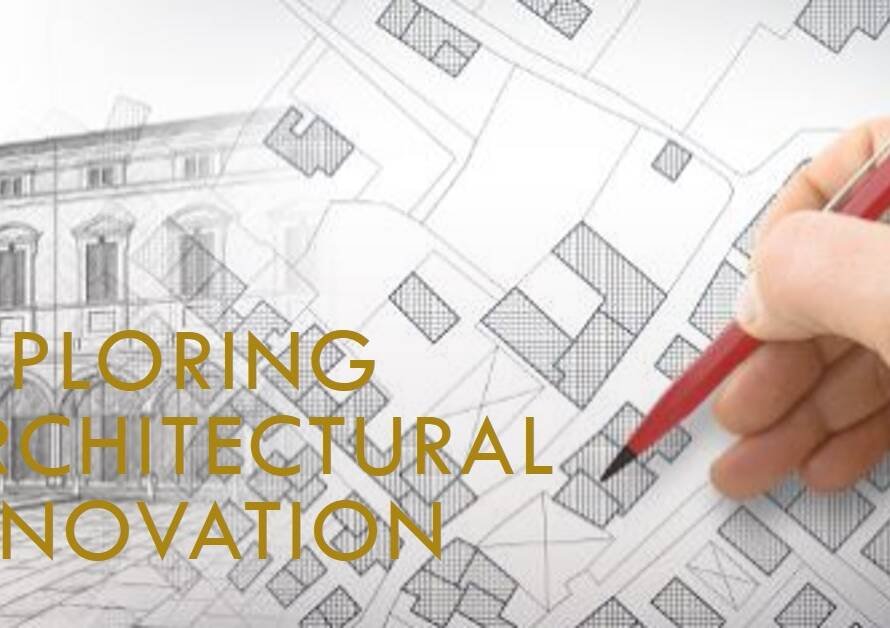
Table of Contents
1. Introduction: The Importance of Promoting Architectural Work
The introduction emphasizes the significance of promoting architectural work in a competitive industry and the impact it has on attracting clients, showcasing expertise, and building a reputable brand identity. It introduces the idea that architects need strategic promotion strategies to reach their target audience effectively and stand out in the market.
2. Develop a Strong Online Presence
Establishing a strong online presence is essential for architects to showcase their work, expertise, and design philosophies to a global audience. Create a professional website showcasing your portfolio, projects, services, and contact information. Optimize your website for search engines (SEO) to improve visibility and rankings in relevant search results. Utilize social media platforms such as Instagram, LinkedIn, and Twitter to share project updates, design insights, industry trends, and engage with potential clients, fellow professionals, and design enthusiasts. Regularly publish blog posts, case studies, and thought leadership content to demonstrate your expertise and attract organic traffic to your website.
3. Leverage Visual Platforms for Portfolio Showcase
Visual platforms such as Behance, ArchDaily, and Pinterest offer architects valuable opportunities to showcase their portfolios and gain exposure within the design community and potential clients. Create compelling project presentations, renderings, and concept boards highlighting your design process, creativity, and attention to detail. Participate in online design competitions, exhibitions, and awards to gain recognition, network with industry professionals, and build credibility as a design-focused architectural firm or professional. Encourage satisfied clients to leave positive reviews and testimonials on relevant platforms to boost credibility and trust among potential clients.
4. Cultivate Relationships with Industry Partners
Building strong relationships with industry partners such as developers, contractors, engineers, interior designers, and suppliers can lead to collaborative opportunities and referrals for architectural projects. Attend industry events, conferences, and networking meetups to connect with potential partners, exchange ideas, and explore collaboration possibilities. Collaborate on joint projects, participate in design charrettes or competitions, and showcase successful collaborations in your portfolio and marketing materials. Cultivating positive relationships fosters a collaborative ecosystem, expands your professional network, and opens doors to new project opportunities through referrals and partnerships.
5. Publish Thought Leadership Content
Establish yourself or your firm as a thought leader in the architectural field by publishing insightful content, research papers, whitepapers, and design perspectives on relevant industry topics. Contribute articles, guest posts, or interviews to reputable architecture and design publications, blogs, and media outlets. Share your expertise, design philosophies, innovative approaches, and industry insights that resonate with your target audience and showcase your unique perspective in the architectural domain. Thought leadership content not only positions you as an authority but also attracts attention from potential clients, collaborators, and media channels, enhancing your visibility and credibility in the industry.
6. Engage in Community Outreach and Education
Engaging in community outreach, educational initiatives, and public speaking engagements strengthens your brand presence, fosters community goodwill, and educates the public about the value of architecture and design. Volunteer for pro bono projects, participate in local design forums, or conduct design workshops and lectures at universities, schools, or community centers. Collaborate with nonprofits, urban planners, and local authorities on initiatives related to sustainable design, urban renewal, or community development, showcasing your firm’s commitment to social responsibility and design excellence.
7. Showcase Project Success Stories
Highlighting project success stories, client testimonials, and before-after transformations effectively communicates your firm’s capabilities, expertise, and client satisfaction levels. Create case studies, project videos, and interactive presentations that showcase project challenges, design solutions, client testimonials, and measurable outcomes such as improved functionality, sustainability, and user experiences. Share these success stories across your website, social media channels, and professional networks to inspire confidence in potential clients and demonstrate your firm’s ability to deliver exceptional results.
8. Invest in Professional Photography and Visual Media
Investing in professional photography, videography, and visual media production enhances the presentation and impact of your architectural projects in marketing materials and online platforms. Hire professional photographers and videographers to capture high-quality images, videos, and drone footage of completed projects, design details, and spatial experiences. Use these visuals in your portfolio, website galleries, social media posts, and marketing campaigns to showcase design aesthetics, materiality, craftsmanship, and environmental contexts effectively. High-quality visuals leave a lasting impression on viewers, conveying the quality and uniqueness of your architectural work.
9. Participate in Industry Events and Exhibitions
Participating in industry events, trade shows, and exhibitions provides architects with opportunities to network with industry peers, showcase their work to a targeted audience, and stay updated with industry trends and innovations. Exhibit your projects, design concepts, and firm capabilities at relevant trade shows, architecture expos, and design festivals to attract potential clients, investors, and collaborators. Engage visitors through interactive displays, VR experiences, and design presentations that highlight your firm’s design philosophy, technical expertise, and creative vision, leaving a memorable impact and fostering meaningful connections.
10. Conclusion: Strategic Promotion for Architectural Success


In conclusion, architects can elevate their visibility, attract quality clients, and establish a reputable brand identity through strategic promotion strategies encompassing online presence, visual showcase, industry relationships, thought leadership, community engagement, project storytelling, visual media, industry participation, and professional networking. By leveraging these strategies effectively and consistently, architects can navigate competitive landscapes, seize new opportunities, and position themselves as leading innovators in the dynamic realm of architecture and design. Strategic promotion not only drives business growth but also fosters meaningful connections and collaborations that contribute to a thriving architectural practice.


